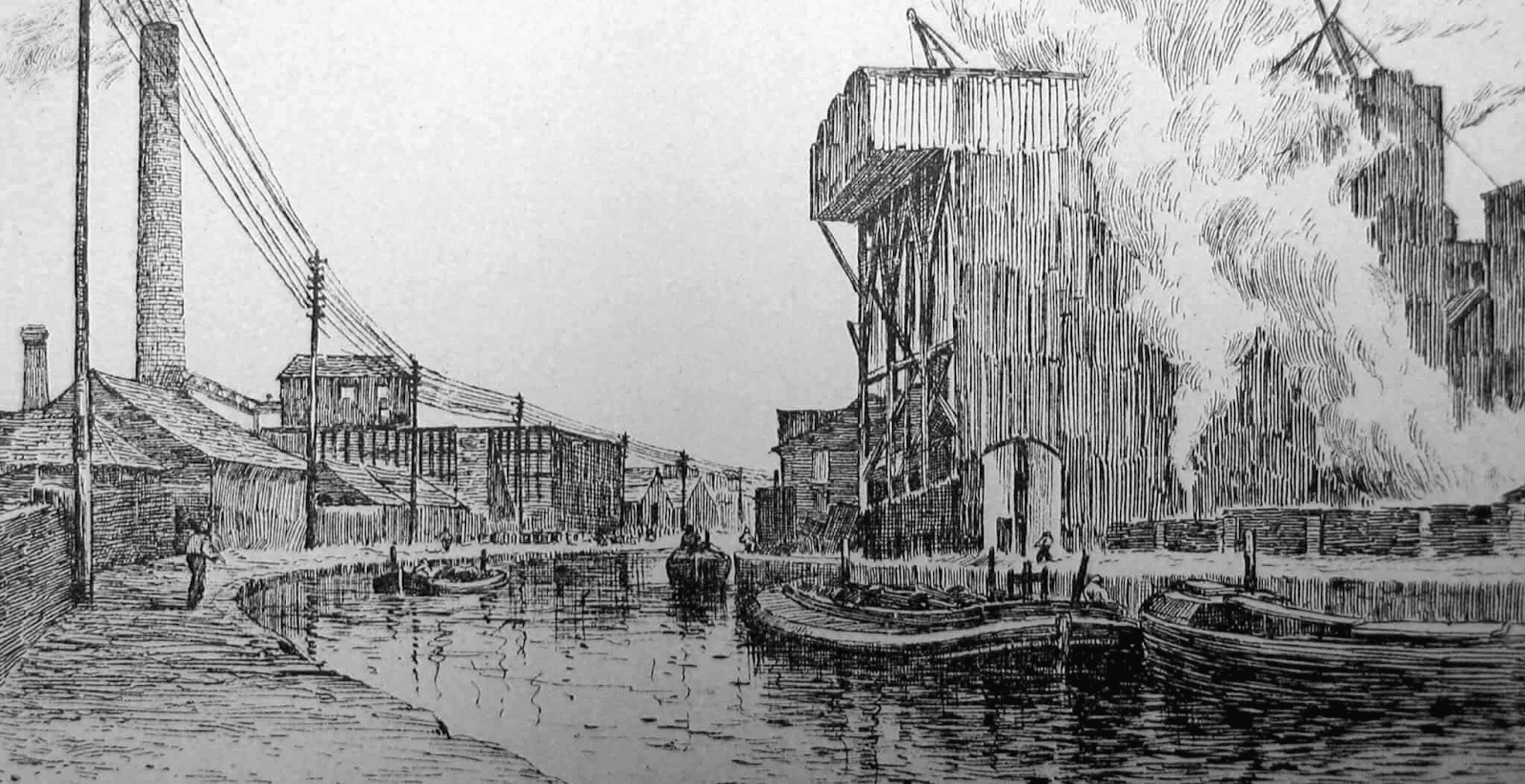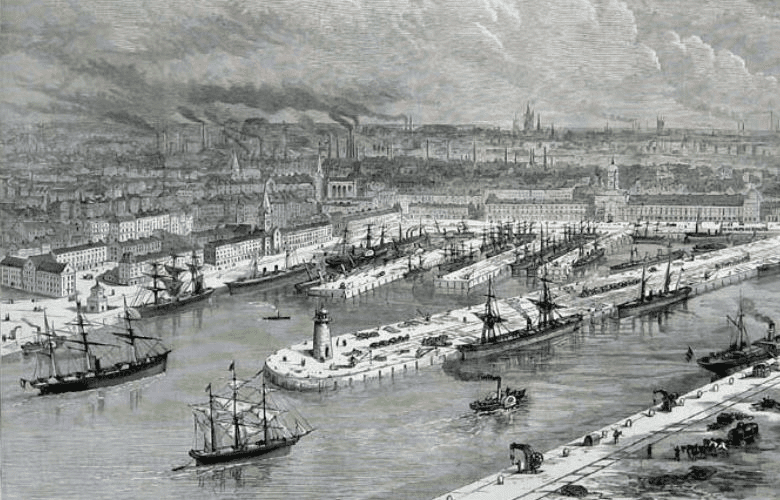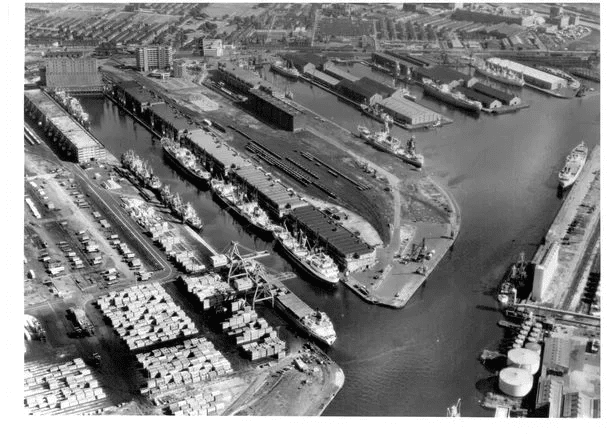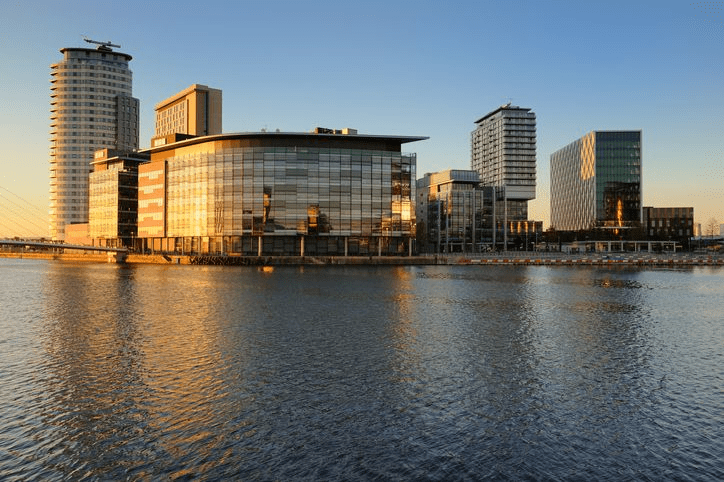Ports have always played a key role in the development of cities. The city of Manchester didn’t miss that tendency as well. For many decades, the Port of Manchester has been a driving force for progress and development. The seaport of Manchester wasn’t located in the very city but in the north-west of England, in Salford. The emergence and development of the Port of Manchester has played a very important role in the history of the city and the entire region. So, what is its history? Learn more at manchester-future.
The past that everyone should know

The history of the Port of Manchester is closely intertwined with the history of the city. In particular, Manchester acquired the status of a port city due to the construction of the Bridgewater Canal in the 18th century. It was a real engineering miracle of that time. The canal connected Manchester with the coal mines in Worsley and provided an efficient way of transporting fossil fuel to the city.
That channel initiated the development of port communication. It not only facilitated the transportation of coal but also became a catalyst for the industrial revolution. In addition, Manchester’s textile factories prospered largely because of the coal transported by canals.
Foundation of the Port of Manchester

Manchester has been a centre of commerce since ancient times. Therefore, it is not surprising that the city’s rapid development led to the appearance of an official port for more convenient delivery and transportation of goods.
The history of the Port of Manchester foundation began in the middle of the 19th century, namely 1864. Along with the port, the city acquired the ship canal, which turned the landlocked Manchester into a major seaport.
The new port at Manchester was 36 miles (58 km) long and was the third busiest port in Great Britain.
The emergence of the Manchester Ship Canal as well as the port became an important turn in the history of the city. This huge structure, intended for the maintenance of sea vessels, turned Manchester into an inland English port with direct access to the Irish Sea.

The channel opened up previously unprecedented trade opportunities. Since the opening of the port and canal in the 19th century, imported and exported goods could go directly to and from Manchester, bypassing Liverpool. The Port of Manchester quickly became a bustling centre of world trade, transporting a wide variety of goods from textiles to raw materials and machinery.
In addition to the rapid development of trade and industry in 19-century Manchester, the population of the city increased many times too thanks to the port emergence.
Port of Manchester in the 20th century

The beginning of the 20th century marked a new era that required adaptive changes. Consequently, the Port of Manchester underwent a number of modernisations to keep up with the times. Those renovations included the development of containerisation facilities and the deepening of the ship channel. All those measures made it possible to maintain the competitiveness of the port in the era of rapid changes.
In the early 20th century, the Port of Manchester became the main destination for American and Egyptian cotton. In the period from 1907 to 1908, about half of the cotton used in Lancashire cotton mills passed through Manchester port.
In addition, other goods such as chemicals, food and equipment were passing through the Port of Manchester as well. Modern infrastructure by the standards of the 20th century as well as convenient and efficient logistics made the port a real finding for large entrepreneurs who were looking for a central location with excellent transport connections for their businesses.
Thus, we can assume that the Port of Manchester was a fairly large centre of transportation and trade. For example, in terms of import and export trade, Manchester Port was one of the five most important customs ports in the whole of Great Britain from 1904 to 1964. At the same time, the largest cargo transportation was carried out at the port in 1959. However, the rapid development of ocean-going vessels, most of which could not enter the Manchester Ship Canal, caused the gradual decline of the Port of Manchester in the 1960s.
The gradual decline of shipping and trade through the canal led to the canal being officially closed in 1982.
Although, in the 21st century, the old Port of Manchester doesn’t function as before, it testifies to the stability, development and adaptation of the city and its residents. The Port of Manchester has a long and fascinating history, which begins with the humble transportation of coal to factories and ends with a modern bustling centre of world trade.
The Port of Manchester has gone through many stages of formation and development in order to meet all the changing standards of the 19th and 20th centuries. At that time, the Port of Manchester served as a true symbol of progress, stability, development and economic prosperity of the city and the entire country. The port was an innovative, dynamic and important facility in the world shipping industry during the 19th and 20th centuries.
In the 21st century, the Port of Manchester is not only a trading place. In particular, the port’s management is committed to environmental responsibility. Sustainable practices, which include initiatives to reduce emissions and develop eco-friendly infrastructure, are an integral part of its operations in the 21st century. This commitment to the environment aligns with other efforts of the city to reduce carbon emissions and build an ecological future.
